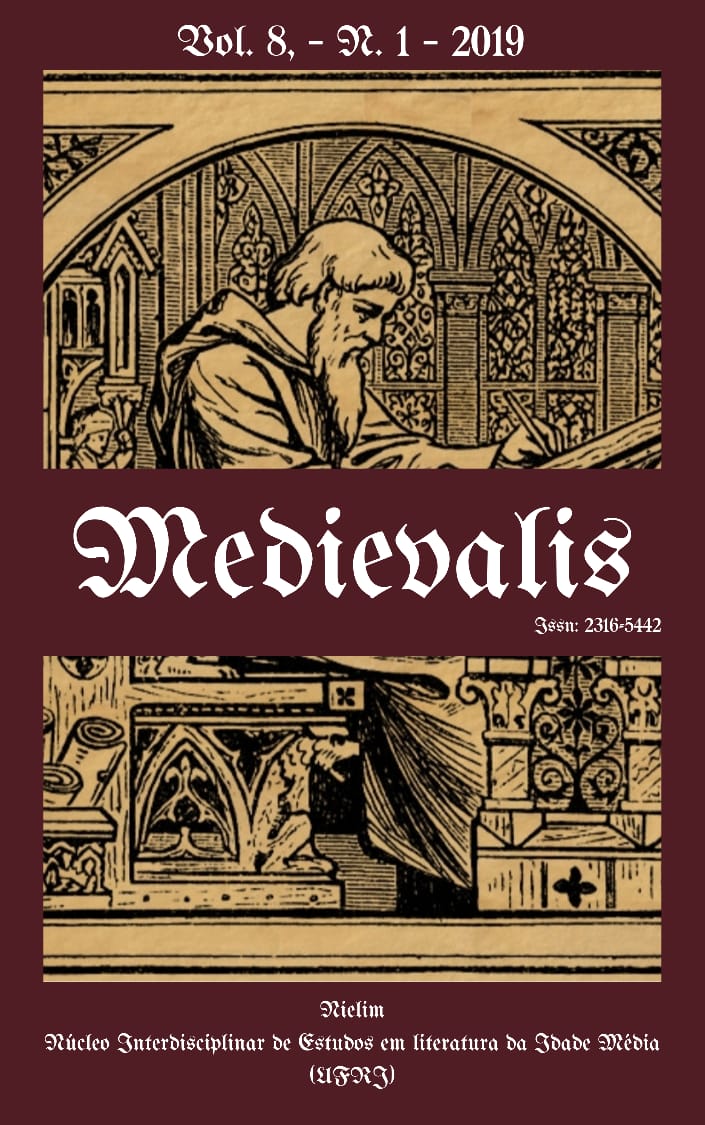“Let These Bones Live!”: Recreating the Medieval Past Within Four Walls at Musée De Cluny in 1844 and 2017
DOI:
https://doi.org/10.55702/medievalis.v8i1.44307Palavras-chave:
Museu de Cluny, Alexandre Du Sommerard, recriação do passado, história do museu, Stephen BannResumo
Alexandre Du Sommerard’s (1779-1842) taste for antiquarianism and his collected antiquitities during his life led to the opening of the national museum Cluny in 1844. The museum opened in the 15th-century Gothic palace hôtel Cluny, where Sommerard lived and arranged his private collection. His project was to recreate the past by means of material objects, creating the illusion of being back in the Middle Ages. In this article, I explore Du Sommerard’s legacy as a collector and advocate for material history in opposition to Alexandre Lenoir’s (1761-1839) perspective on museum organization. Based on Stephen Bann’s discussions on the poetics of the museum and on visualizing the past, I compare Du Sommerard’s original project in the nineteenth-century with the current organization of the museum in 2017, and how these two distinct approaches relate to the process of historical recreation. The conclusion is that the current Musée de Cluny has distanced itself from Du Sommerard’s illusionistic approach to the recreation of the past. It can be seen as an “ironic museum”, in Bann’s terminology, but still rooted in its metonymical 1970s style.

